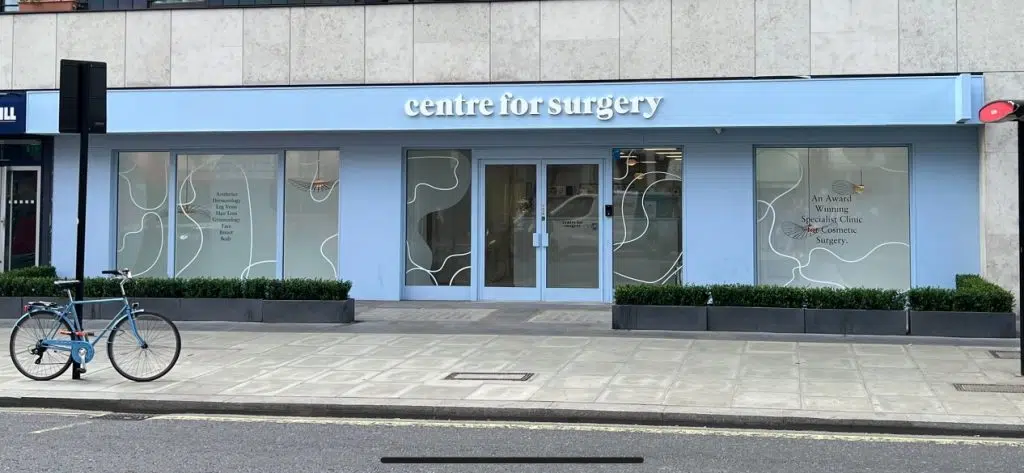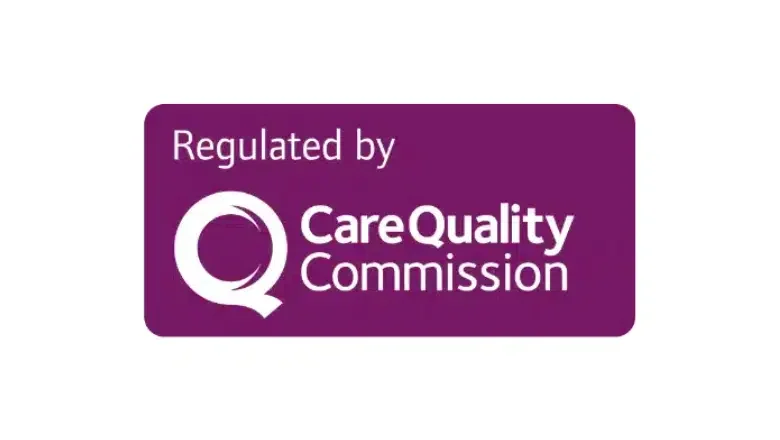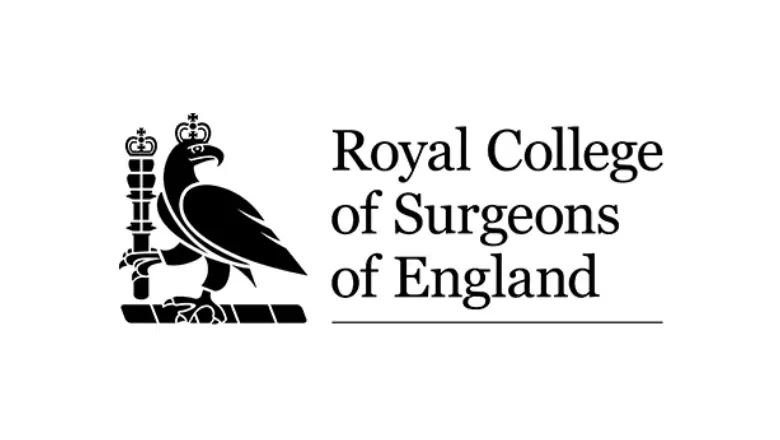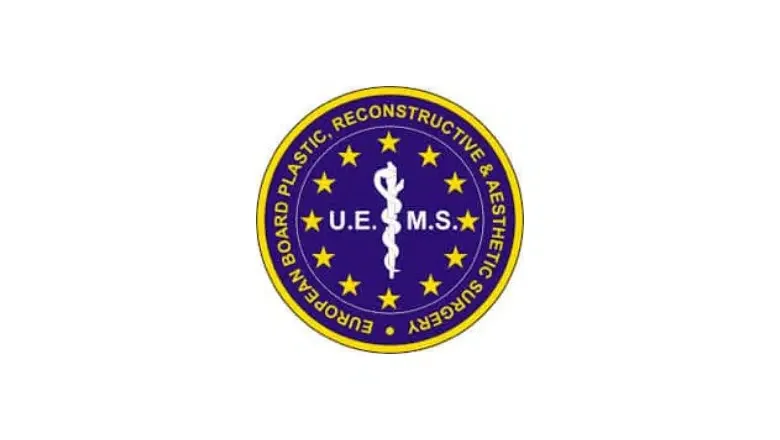Breast reduction surgery is known for producing a more extensive degree of scarring compared with breast augmentation surgery or a breast lift, although all surgical procedures involving incisions will result in scars. There are many effective ways for patients to minimise the appearance of scarring after a breast reduction. The first step is to choose a specialist plastic surgeon with experience in breast reduction surgery in London.
You can learn more about breast reduction surgery by reading our treatment page, where you can view a broader range of breast reduction before and after photos. Here, we discuss your commonly asked questions about scarring after breast reduction surgery.
RELATED: Breast reduction before and after photos
What do breast reduction scars look like?
How breast reduction scars look will be determined by several factors. The type of breast reduction performed is a key determinant, as each technique involves different incisions. There are three main types of incisions performed during a standard breast reduction procedure. This is also known as the inverted-T incision, anchor-shaped scar, or a Wise-pattern breast reduction. Most surgeons carry out breast reduction using the inferior pedicle method, although an increasing number of surgeons use the superomedial pedicle technique. The surgeon makes an incision around each areola. A second incision is then made from the lowermost point of the areola incision to the lower breast crease. The third incision runs along the lower breast crease from one side of the breast to the other.
For women who require smaller breast reductions, your surgeon may only use two incisions. This is also known as the lollipop technique, with a circular incision around the areola and an incision extending vertically downwards to the lower breast crease. The third incision extending across the lower breast crease is not performed. More extensive breast reductions, including gigantomastia, require a traditional anchor-shaped or inverted T incision.
In a small number of cases, some women may be suitable for liposuction breast reduction. This technique does not involve the traditional incisions of breast reduction surgery with 4-6 small access incisions for the liposuction cannula. This technique is more suitable for older women as fatty tissue gradually replaces glandular tissue with age. Although scarring is minimal with breast liposuction, it cannot remove significant amounts of breast tissue compared with breast reduction surgery.
RELATED: Recovery after breast reduction surgery – top tips
Are scars after breast reduction noticeable?
Scars after breast reduction may initially be visible after surgery. They most commonly appear a bright red colour where the incisions have been performed. You will have a specialised dressing to cover the incision lines for the first two weeks after surgery. Breast reduction stitches are dissolvable, which means he will not need to have them removed at a post-operative review appointment. After 3 to 4 weeks, the scars should begin to turn a pink colour. Although the incisions are initially raised, they will gradually flatten out with time and form a faint white line.
RELATED: Breast Lift Scars – what you need to know
Fortunately, everyday clothing will be able to cover up your breast reduction scars. This includes many forms of revealing clothing, including swimsuits or bikinis. Breast reduction scars may only be visible during periods of intimacy with a partner. Despite this, the scars will look significantly better over the first 12 months. You can expect scars after breast reduction to look lighter in colour and appear flat against the skin without any feelings of itching or discomfort.
How long does it take for breast reduction scars to flatten?
It takes between 2 to 3 months for scars to flatten. Your scars will initially appear raised compared with the surrounding skin in the first six weeks after surgery and may appear a red or pink colour. As the body’s healing process progresses, localised postoperative inflammatory changes will settle down, and your scars will begin to mature. Post-operative swelling is most significant during the first four weeks after surgery. After this period, you should begin to notice your scars have become lighter in colour and may feel less tender to the touch. Itchiness can take several weeks to settle down fully. You can expect your scars to have fully matured after approximately six months post-surgery.
RELATED: How to Reduce Bruising and Swelling after Breast Reduction Surgery
By 12 months, your scars should appear as a faint white line. The most visible scar is the vertical incision extending from the areola to the lower breast crease, although even this incision heals well over time. The scars around the areola and lower breast crease heal very well and are barely visible after 12 months.
After several years, breast reduction scars appear pale white in appearance. Patients with darker skin tones are more likely to develop hyperpigmented scars than those with lighter skin tones. Other factors that will determine the appearance of the breast reduction scarring include the skin’s elasticity and whether you have any underlying medical conditions that could result in excessive scarring.
How to get rid of breast reduction scars?
It is not possible to permanently get rid of breast reduction scars, although there are several effective measures which patients can take to reduce their appearance. You should first choose a highly experienced consultant plastic surgeon with years of experience in carrying out breast reduction surgery. Our expert surgeons are highly skilled in positioning incisions in optimum skin locations and using meticulous techniques in closing wounds to minimise the appearance of scars.
It is important to look after your incision lines after breast reduction to achieve the best-looking scars. You should avoid carrying out strenuous activity for the first six weeks after surgery, as this may increase post-operative swelling and impair wound healing. You should avoid racing your arms above the level of your head too much in the early recovery period and avoid lifting heavy objects. Taking it easy during the first six weeks will help you to form aesthetically pleasing scars. Excessive physical exertion is more likely to result in incisions opening up, which may form unsightly scars.
Drink plenty of water during your recovery and eat a healthy diet, including plenty of fresh fruit, vegetables, nuts, seeds and avocados. Do not smoke for at least four weeks before and after surgery. If you plan to go out in the sun, make sure you cover up appropriately and wear sunscreen. You should avoid returning to vigorous physical exercise until you have been reviewed by your surgeon six weeks after surgery.
RELATED: Exercise after Breast Reduction Surgery – top tips
Once your incisions have fully healed approximately four weeks after surgery, we would recommend gently massaging your incisions to break down internal scar tissue. Silicone gel and silicone sheets are useful products to apply to breast reduction incisions to improve the appearance of scarring. There are several additional scar management techniques available at Centre for Surgery, including Morpheus8 treatment. You should wait until your incisions have fully healed before considering scar management products, and your surgeon is best placed to advise you on the most suitable options.
Book a breast reduction consultation at Centre for Surgery
If you have questions about breast reduction scars or you would like to find out if you are suitable for this procedure, our expert surgeons are available to advise you on your treatment options. Call us today on 020 7993 4849 or complete the contact form below to schedule an in-person consultation at our specialist plastic surgery clinic in London. Our surgeons are considered some of the best breast reduction surgeons in the UK, and we carry out hundreds of breast procedures each year at our state-of-the-art surgery centre.










